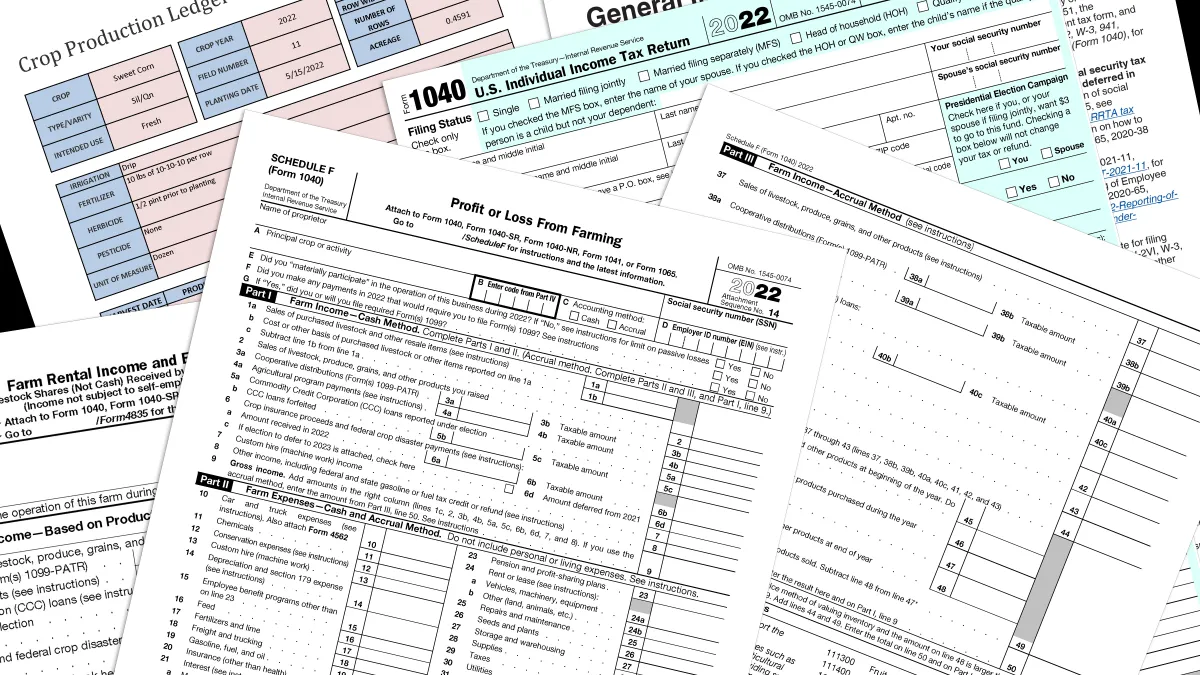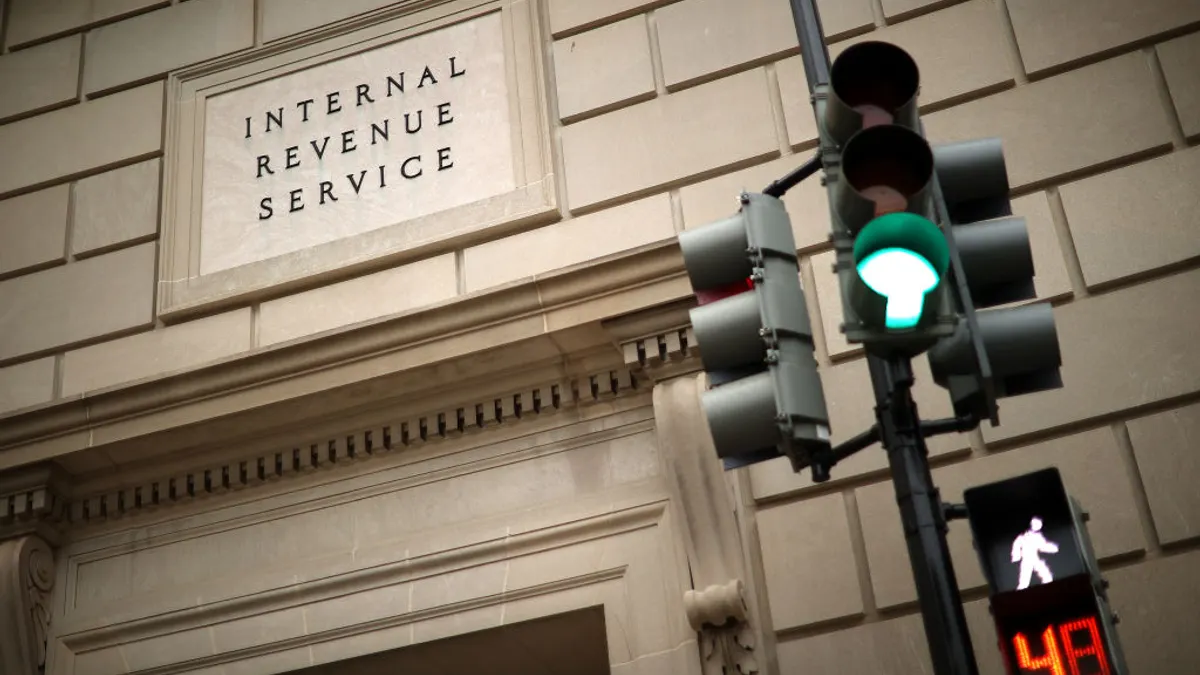A still uncertain macroeconomic environment is putting pressure on CFOs and other finance leaders to operate leaner businesses, with many taking second looks at new technologies and skills that could help them conduct certain processes more efficiently — and at less cost.
Tax teams, for example, are facing a conflating number of internal and external pressures, with the bid to lower costs butting up against an aging workforce, data and technology snags and incoming changes to global tax regulation, such as Pillar 2.
While working to hit that mandate of cost reduction, finance leaders are also moving to ensure their tax teams are forward-looking — which is why many of Deloitte’s clients, for example, have worked to create a “tax transformation roadmap,” said Emily VanVleet, tax partner, U.S. operations transformation for tax leader at the Big Four accounting firm. Creating such a map is crucial to ensure the tax team can work effectively with their finance chiefs to achieve the businesses’ goals, she said.
“For tax teams who have done that, they can have a much more productive conversation with their CFO around where those investments will really pay off for the company,” VanVleet said in an interview.
Pressing the pause button
Today’s tax leaders are facing a rising crop of challenges, according to the 2025 Tax Transformation Trends report recently released by Deloitte. Four in 10 tax and finance leaders identified complying with shifting tax regulations as a top three challenge facing them in the next three to five years. Meanwhile, 35% of leaders said “quantifying tax implications of alternative scenarios” was a top three challenge, while 34% pointed to “access to talented tax professionals” rounding out the group.
Today’s finance leadership therefore faces the complicated goal of both easing cost reduction pressures which have been “on steroids” over the past few years — and have certainly not abated given current macroeconomic headwinds, VanVleet said — as well as prepping for shifting tax regulations, such as Pillar 2, as well as looming U.S. tax reform.
Oftentimes, what VanVleet sees from clients is, “many times CFOs are putting that pressure on tax to encourage behavior change, and really try to get the tax operating model, the tax cost structure, closer to what they've achieved for the rest of finance,” she said.
In a bid to reduce costs, that could potentially leave finance leaders mulling headcount reductions in their tax teams; as tax professionals are often highly specialized, the team can look “really highly paid in comparison” to the rest of finance, VanVleet said. “And so sometimes that, in and of itself, is enough to put tax on a CFO’s radar.”
However, that leaves a crucial skill gap at a time when upcoming regulatory shifts are only compounding the need for tax talent, VanVleet said. Like accounting, tax is dealing with an aging population; many experienced tax professionals are at a point in their careers where, facing tightening in the tax and finance department, they could opt to retire or to take a part-time job in a different area, she said.
Twenty-eight percent of respondents pointed to managing an aging workforce as a top three challenge, Deloitte’s report found. The report is based on a survey of 1,000 tax and finance leaders as well as interviews with international heads of tax, according to the Big Four firm.
Navigating this complicated environment requires finance and tax leaders to have a transparent view of their needs and goals — of the clients that have crafted a tax transformation roadmap, “they have at least hit pause long enough to look at their processes, look at where they're inefficient, look at where their cost reduction opportunities might be if they had a different operating model or different technology in place,” VanVleet said.
Data quality, reconciliation remains top of mind
Tax and finance leaders are also eying other ways to reduce costs amid a complicated environment. Outsourcing has emerged as a popular strategy, with 81% of respondents pointing to it as a way to cut back on costs in 2025, compared to 69% in 2023, Deloitte’s report found. Automation, as well, has caught the attention of leadership, with 42% pointing to the technology as a cost cutting strategy compared to 39% in 2023.
Bringing in automation or artificial intelligence could help tax teams deal with what remains their primary challenge: data, VanVleet said. A large company is likely to utilize a number of different systems; juggling multiple ERP, general ledger and transactional systems, for example, and “it’s a significant challenge to kind of corral all of that data,” she said.
“There are still a lot of data quality issues, and so tax teams spend a lot of time just analyzing and reconciling data, trying to make sure that they understand the story that the data is telling them,” VanVleet said.
There’s “tremendous potential” for generative AI to help with such challenges, she said. However, there’s still some hesitancy surrounding the technology and its potential drawbacks; presently, tax teams are making use of the tool for more basic tasks, she said. Still, “specialist AI skills,” a new entrant to the survey, shot to the top of the list of competencies tax leaders are on the lookout for, with 45% pointing to it as their most-needed skillset in the next one to two years, Deloitte’s report found.






















